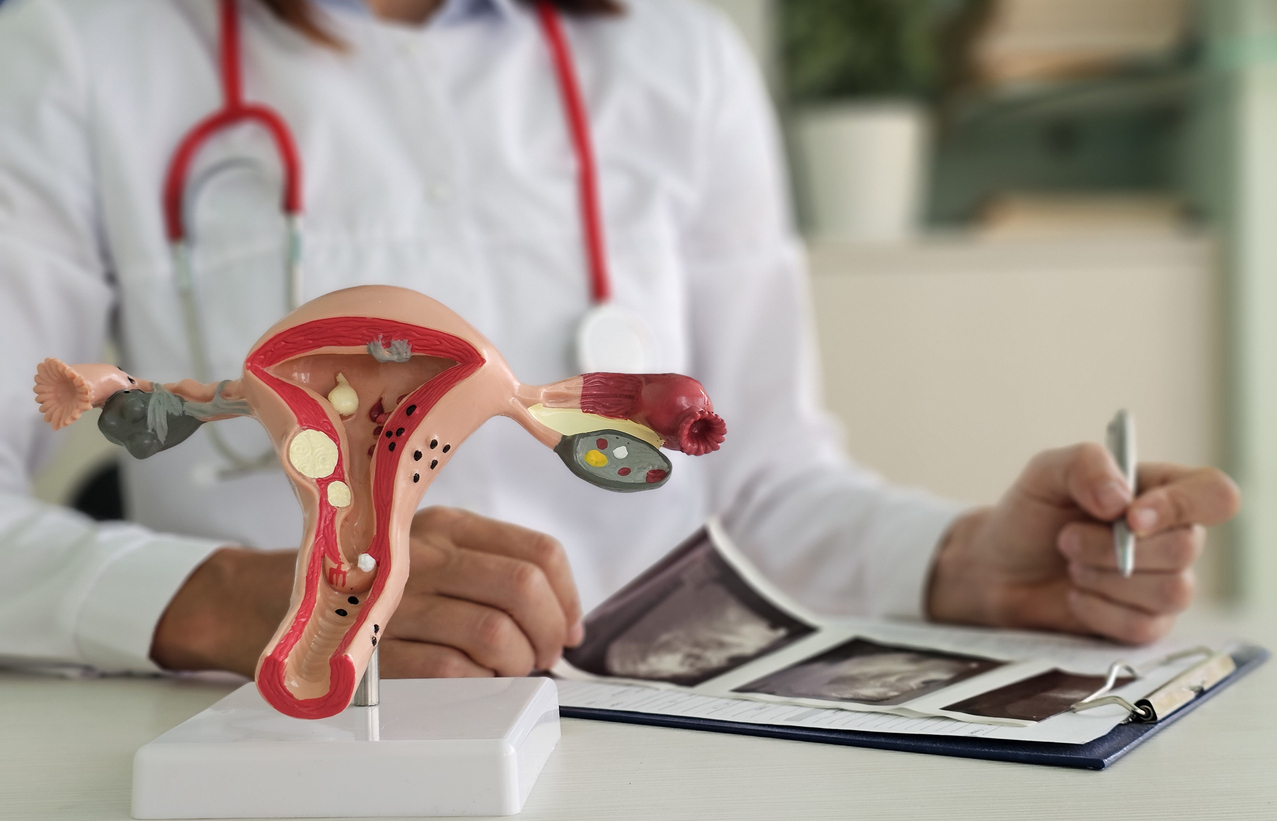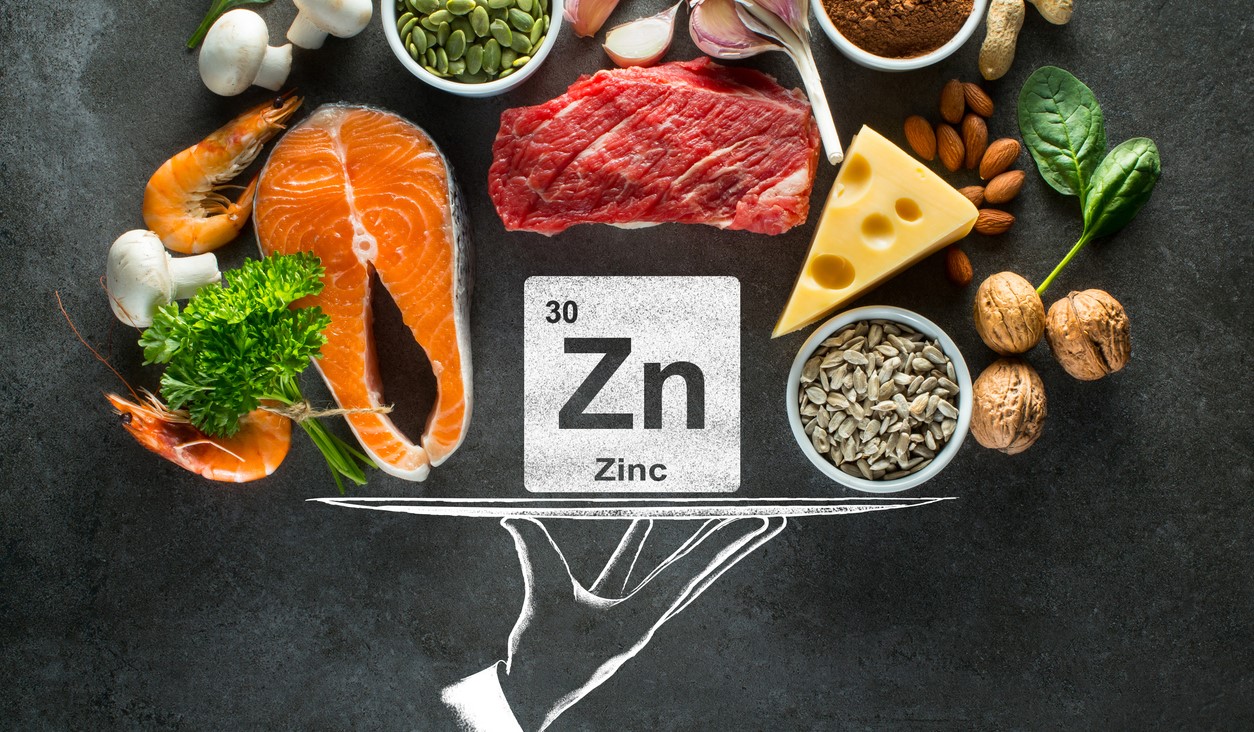2025-09-11
Gonadotoxic therapies: does the uterus retain lasting damage?
Endocrinology and Metabolism Gynecology
#Fertility #Gynecology #Chemotherapy #Endocrinology
Gonadotoxic treatments administered during childhood, adolescence, or young adulthood are well recognized for their detrimental impact on ovarian function and female fertility. While ovarian damage has been widely documented, the effects on the uterus—particularly on uterine volume—remain less studied, despite its crucial role in fertility and pregnancy outcomes. This knowledge gap currently limits the ability to fully assess the reproductive potential of women who survived pediatric or young adult cancers.
Available data on long-term uterine consequences are scarce, heterogeneous, and often restricted to small cohorts. In particular, the specific effects of chemotherapy alone, compared to chemoradiotherapy, remain controversial. This lack of consensus hampers the implementation of tailored fertility preservation strategies and complicates individualized reproductive counseling.
Against this backdrop, the present study was designed to evaluate the impact of gonadotoxic treatments on uterine volume.
Chemotherapy alone: what is the real impact on uterine volume?
Four studies were selected and included in the analysis. These comprised a total of 225 women exposed to chemotherapy alone, 153 to chemoradiotherapy, and 257 controls with no history of cancer. Uterine volume was assessed by ultrasound in three studies and by MRI in one. Analyses accounted for parity to reduce biases linked to obstetric history. Treatments were then compared and ranked according to their impact on uterine volume using the SUCRA index.
The results revealed a significant reduction in uterine volume in the chemoradiotherapy group, compared both with controls and with women treated with chemotherapy alone. By contrast, no significant difference was observed between women treated with chemotherapy alone and controls, suggesting little to no effect of chemotherapy on uterine size.
These trends were more pronounced among nulliparous women, while data in parous women were more heterogeneous. Comparative analysis using the SUCRA (Surface Under the Cumulative Ranking Curve) index ranked groups from most to least favorable in terms of uterine volume: controls (0.91), chemotherapy alone (0.57), and chemoradiotherapy (0.01).
Preserving fertility beyond the ovaries?
Gonadotoxic treatments at a young age can compromise female fertility, not only through ovarian damage but also by altering uterine anatomy. Yet the effects on uterine volume remain underexplored, particularly in patients exposed to chemotherapy alone. This lack of reliable data currently limits the comprehensive evaluation of reproductive potential in cancer survivors and complicates fertility preservation strategies.
In this context, the study aimed to compare uterine volume in adulthood among women exposed to chemotherapy alone, chemoradiotherapy, or no gonadotoxic treatment. The objective was to determine whether chemotherapy in isolation induces a significant reduction in uterine volume. Results show that chemoradiotherapy is clearly associated with reduced uterine volume, while chemotherapy alone does not appear to exert a significant effect compared with controls. These findings suggest that uterine alterations due to chemotherapy are likely minor, or even absent, which may help reassure patients during reproductive counseling.
The development of larger prospective cohorts incorporating anatomical, functional, and hormonal assessments of uterine function, with long-term follow-up, will help better characterize the differentiated effects of oncologic treatments. Such an approach would contribute to identifying specific risk factors for uterine damage and refining fertility preservation strategies by broadening the evaluation beyond ovarian function alone.
Read next: Vaccinate better, vaccinate more?
About the author – Ana Espino

Last press reviews
Emerging influenza threat: the rapid rise of A(H3N2) subclade k in Europe

By Carolina Lima | Published on Décember 30, 2025 | 3 min read
Combined exercise: a winning strategy for post–breast cancer cardiorespiratory fitness

By Lila Rouland | Published on December 29, 2025 | 3 min read<br>
Zinc: a natural weapon against viruses?

By Ana Espino | Published on December 26, 2025 | 3 min read<br>...